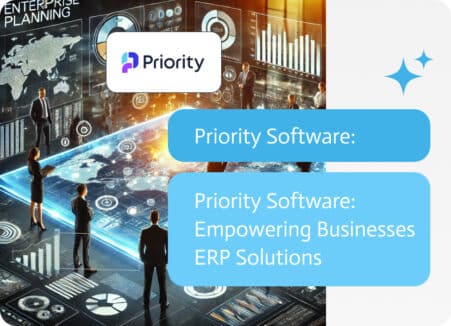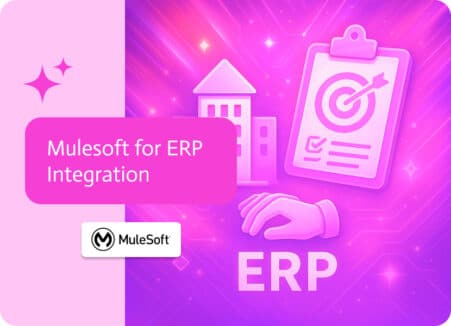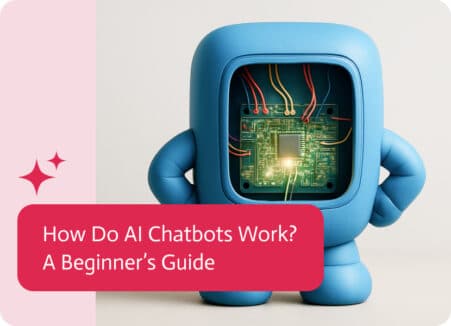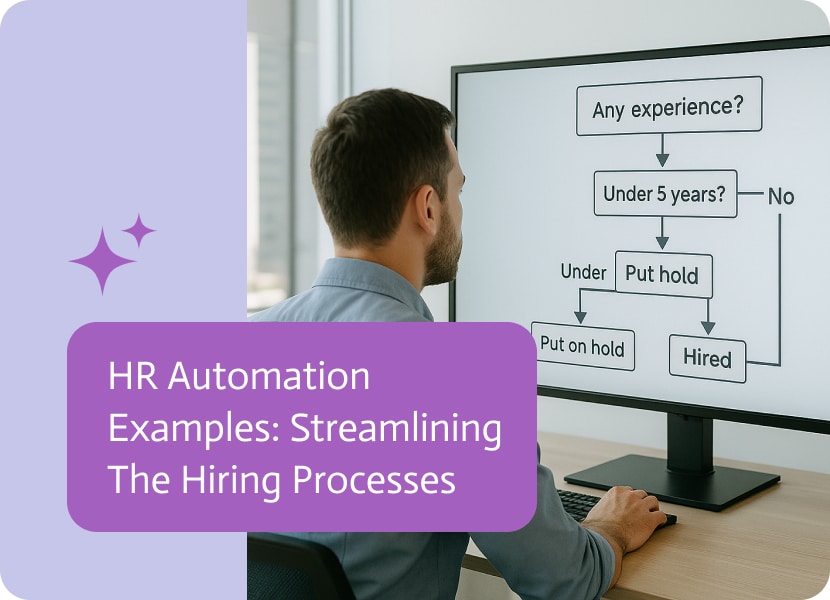
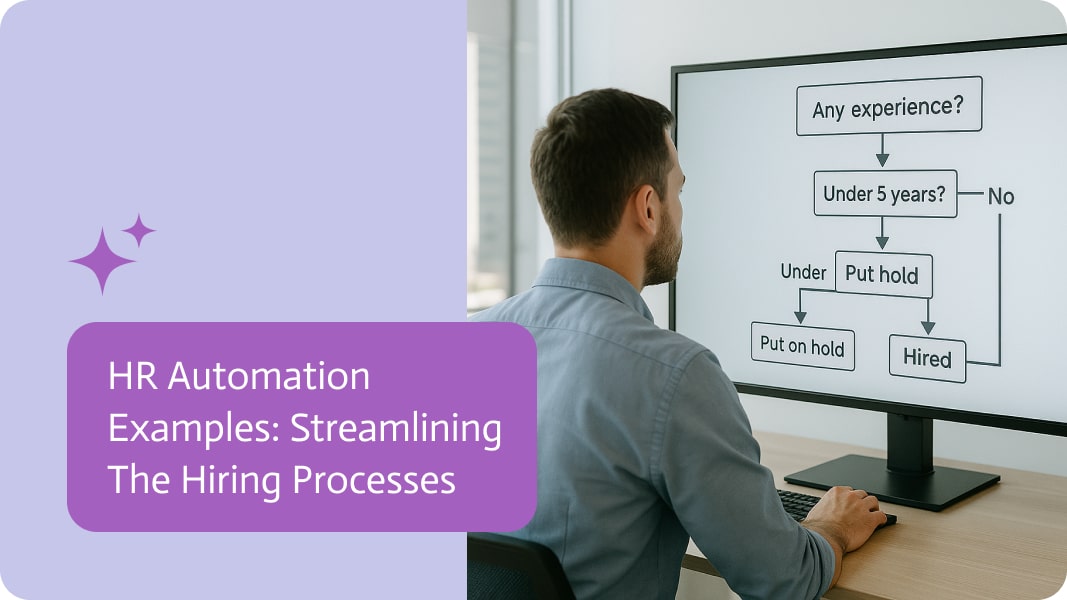
HR Automation Examples: Streamlining The Hiring Processes
HR automation using AI means using smart technology to take care of the repetitive, time-consuming parts of human resources, things like sorting resumes, tracking vacation days, managing payroll, or sending those new recruits onboarding emails.
Instead of doing all that manually, software handles it for you, quickly, accurately, and without needing reminders. The “smart” part comes in when the system learns patterns (like which candidates usually make it to the interview stage) and help you make better decisions faster.
If you’re a business leader, operations manager, or just the unlucky soul juggling both hiring and spreadsheets, this guide is for you. We’ll break down what HR automation matters, the tools that make it work, and how to avoid the classic “we automated it and now it’s worse” scenario.
What Is HR Automation, Really?
HR automation using tools to handle routine HR tasks without a human eye. It’s putting the boring stuff on autopilot, payroll processing, time-off tracking, resume checking, and onboarding checklists all managed without needing five people and a printer that keeps jamming.
It doesn’t mean your HR department disappears. Quite the opposite, it frees them, so they focus on what people are best at: people. Strategy, empathy, culture, and problem-solving. You know, the stuff no machine is winning at any time soon.
Why Bother? The Big Upside of Automation
You might be wondering, “Is it really worth it?” Here’s a look at what’s in it for you:
Time is Money (and Sanity)
Manual HR tasks are time-suckers. Screening hundreds of resumes or sending onboarding emails manually can eat up entire workdays. Automation cuts that time dramatically, sometimes by over 60%. That’s gives extra time for more important work, or at least a longer lunch break.
No More ‘Oops, I Forgot’ Moments
Automation doesn’t get distracted or tired. Missed compliance filings, onboarding steps, or follow-ups? Not anymore. Automated systems work like clockwork—literally.
A Better Experience for Everyone
From job applicants to new hires and existing staff, automation smooths out the kinks. Job seekers get quick updates. New hires get guided onboarding. HR pros stop repeating the same instructions for the fifth time that day.
Consistency Across the Board
Everyone follows the same process, every time. That means fewer errors, stronger compliance, and way fewer “Well, I thought we were supposed to do it this way” arguments.
Insights Without the Guesswork
With everything tracked and logged, it’s easy to pull reports. How long does it take to fill a role? How many people quit within six months? What’s the approval bottleneck for vacation requests? Now you’ll know.
The Challenges (Because Nothing’s Ever That Easy)
Of course, no solution is perfect. HR automation comes with its own set of growing pains, especially if you jump in without a plan.
Over-automating the Human Out of HR
Yes, we love efficiency. But overdoing it can make the experience feel cold or impersonal. A robotic rejection email is still a rejection email—and if you’re not careful, your company culture might get lost in the shuffle.
Messy Data, Messy Results
If your current employee records look like they were assembled in a tornado, automation will only multiply the confusion. Clean data is essential. Garbage in, garbage out.
Employee Pushback
People don’t like change, especially if it feels like they’re being replaced or micromanaged. You’ll need to communicate the “why” clearly and show the value for everyone involved.
Too Many Tools, Too Little Strategy
There’s a tool for everything—but that doesn’t mean you need all of them. Piecing together ten different systems with zero integration will give you a digital migraine.
Best Practices to Make HR Automation Actually Work
Avoid the pitfalls and make your automation rollout smooth with these tried-and-true tips:
Start with the Repetitive Tasks
If it’s repetitive, low-value, and eats up time, it’s a great candidate for automation. Think timesheets, vacation tracking, benefits enrollment, and payroll.
Involve Real Humans in the Planning
Ask your HR team what they actually need. Get feedback from employees who’ll use the system. The people closest to the problem usually know the best fixes.
Don’t Go All-In Overnight
Start small. Automate one process at a time, test it, and build from there. A phased rollout is a lot less risky than an all-at-once leap.
Keep the Human Touch Where It Counts
Use automation to support, not replace, genuine human interaction. A chatbot can answer FAQs, but a real person should handle sensitive issues like conflict resolution or layoffs.
Train Your Team (And Then Train Them Again)
It’s not just about setting up software. Your team needs to understand how it works, why it’s being used, and how to make the most of it.
The Essential Tools (No, You Don’t Need All 57)
Yes, there’s a dizzying number of HR tech platforms out there. Some promise to “transform your workforce,” while others come with more dashboards than you’ll ever use. The good news is that Noca AI offers a user-friendly platform that will give you the opportunity to not only automate, but integrate anything you need under one roof, making your already stressful life in HR that much easier.
But if you’re just getting started, you really only need a few key tools that do the job well and play nicely with the rest of your systems.
Here’s where to focus your energy and budget.
1. Applicant Tracking Systems (ATS)
This is your hiring command center. ATS platforms help you create job postings, screen incoming resumes, organize candidates, and move people through your hiring process without getting lost in the shuffle.
They’re especially useful for managing high volumes of applicants and keeping hiring managers on the same page. Many also integrate with job boards and calendars to save even more time.
2. Onboarding Platforms
First impressions matter. A good onboarding tool sets the tone from day one by organizing paperwork, guiding new hires through training modules, and ensuring nothing important slips through the cracks.
These platforms can also automate reminders for IT setup, benefits enrollment, and check-ins, so no one’s left wondering what to do next.
3. Payroll & Time Management
The less manual data entry you do here, the better. Payroll and time management systems handle everything from clock-ins and PTO requests to tax filings and direct deposits—all while keeping you compliant.
These tools are especially helpful for growing teams with hourly employees, multi-state payroll needs, or complex reporting requirements.
4. Employee Self-Service Portals
Think of this as your HR helpdesk that never sleeps. Self-service portals give employees access to their own pay stubs, benefits info, W-2s, and more, without needing to email HR for every minor update.
They reduce back-and-forth, improve accuracy, and empower employees to manage their own details.
5. Performance & Feedback Systems
Keeping people engaged and aligned with company goals takes more than an annual review. Performance tools help you set goals, give regular feedback, track progress, and run performance reviews that are actually useful.
Look for systems that support real-time check-ins and peer feedback, not just top-down assessments.
You don’t need to overhaul your entire HR setup in one go. Start with what solves your biggest time-waster first, then build from there. The best tools are the ones your team will actually use and the ones that make your job easier, not harder.
Real-World Examples (Yes, This Stuff Actually Works)
Still wondering if HR automation is just tech industry fluff? Fair question. The good news is it’s not just theory, it’s happening right now, across industries big and small. Here’s how real businesses are making it work, one time-saving, chaos-reducing win at a time.
A Retail Chain Simplifies Scheduling
A national retail chain with over 200 storefronts had a serious scheduling headache. Managers were still wrangling Excel spreadsheets like it was 2005, copy-pasting shifts, juggling time-off requests, and fielding last-minute swaps via text messages. The result? Burnt-out managers, frustrated staff, and no visibility across locations.
Once you’ve implemented an automated workforce management system, they streamlined everything. Shift planning became a drag-and-drop breeze, time-off requests were routed through a self-service portal, and the system even alerted managers about potential understaffing before it became a problem.
The impact?
- 12 hours a week saved per store manager
- Fewer scheduling conflicts
- A noticeable drop in employee complaints (and fewer Sunday night emergencies)
A Tech Startup Cuts Hiring Time in Half (Without Losing Their Minds)
At a growing software startup, the hiring process was painfully slow. Resumes poured in through sites and email, and a small HR team had to manually sort, track, and set up interviews using their preferred calendars.
It wasn’t just inefficient, it could’ve been missing the best candidates who were scooped up by faster-moving competitors.
They then decided to roll out an applicant tracking system with built-in automation. The new system scanned incoming applications for role-specific keywords, auto-ranked candidates based on experience, and allowed hiring managers to schedule interviews in one click.
What changed?
- Time-to-hire dropped from 32 days to 15
- Candidate communication improved overnight
- Hiring managers stopped dreading recruitment meetings
And no, quality didn’t suffer. In fact, with instant feedback and better organization, they started spotting stronger candidates earlier in the process.
A Manufacturing Plant Avoids Compliance Nightmares
In the manufacturing world, compliance isn’t optional, it’s mandatory. One large industrial firm learned that the hard way after nearly failing an audit due to expired forklift certifications that no one had noticed.
Well they learned that lesson quickly and quickly initiated their own automated HR system that tracks license expirations, mandatory training, and compliance checklists, all without sticky notes or frantic inbox searches.
Now, the system sends proactive alerts to HR and employees 30, 15, and 7 days before a certification expires. It also keeps digital records for swift retrieval, especially during dreaded audits.
Results?
- 100% compliance with OSHA deadlines
- Zero fines or audit flags since implementation
- Peace of mind for managers, and fewer last-minute fire drills
A Mid-Sized Consultancy Revamps Onboarding
A consulting firm with about 150 employees realized that onboarding all those new hires was… let’s call it “uninspiring.” New employees were greeted with binders, a flurry of emails, and that classic first-day confusion: “Where do I sit and who do I talk to?”
They rolled out an onboarding platform that included pre-day-one emails, digital forms, welcome videos, and a personalized checklist. IT was automatically looped in to set up laptops, and managers were prompted to schedule welcome lunches and intro meetings.
Outcome?
- Onboarding completion rates jumped from 63% to 98%
- New hires reported much higher satisfaction in their first 90 days
- Managers no longer forgot to order laptops (a minor miracle)
The system turned what used to feel like a paperwork gauntlet into something much closer to a warm welcome.
A Finance Firm Finds Its Feedback Groove
Annual performance reviews at a financial services company were a dreaded ritual. Managers scrambled for notes, employees were blindsided by vague feedback, and HR chased people for weeks just to fill out forms.
They introduced a tool for continuous performance management which encouraged real-time feedback, tracked goals throughout the year, and nudged managers when check-ins were overdue.
The shift?
- Timely, specific feedback became the norm
- Goal alignment improved across various departments
- The annual review? Still a thing, but way less painful
Employees felt seen managers felt far more confident, and HR? They finally got to stop playing referee.
So What Do These Stories Have in Common?
Across industries, it really doesn’t matter, HR automation isn’t about turning people into numbers. It’s about giving people better tools so they can spend less time drowning in admin and more time doing the work that actually matters.
These companies didn’t become overnight unicorns. But they did become more organized, more efficient, and most importantly, a lot more people-friendly.
Because when systems do their job quietly in the background, your team can shine out front.
So, Is It Worth It?
Short answer: Yes. Long answer: Yes, as long as you do it right.
HR automation isn’t about doing away with humans only to replace them with machines, it’s about making your people more effective by giving them better tools. It’s about saving time while increasing accuracy, and creating a more enjoyable experience for everyone involved, from candidates to your long-time employees. Thanks to Noca’s incredibly simple automations and integrations, you’ll have everything hooked up and ready to go in a matter of minutes.
Final Thoughts
You don’t need to be a tech guru or Fortune 500 company to start automating HR. With a well drawn out plan, as well as partners who fit right, even a lean team can build a efficient, modern HR system that scales with your company and gives your employees that much needed extra time.
Keep in mind that the goal isn’t to replace HR, it’s to make HR more human, by clearing out the clutter and letting people focus on what matters most: your people.
